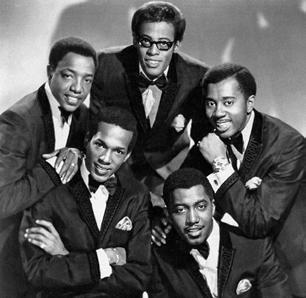3 minute read
Bunkering With Books
Next Article
THREE BOOKS FOR THE HOLIDAYS
BY CONNIE CRONLEY
I believe in rereading books at different ages of our lives and I like discovering new books, especially by authors I admire. The three books I have chosen for holiday reading check those boxes.
“THE BEST CHRISTMAS PAGEANT EVER”
“The Best Christmas Pageant Ever” by Barbara Robinson is a classic children’s book, but I did not discover it until I was over 50. I laughed aloud; I reread it every year, and I give it as gifts to my adult friends. It begins this way:
“The Herdmans were absolutely the worst kids in the history of the world. They lied and stole and smoked cigars (even the girls) and talked dirty and hit little kids and cussed their teachers and took the name of the Lord in vain and set fire to Fred Shoemaker’s old broken-down toolhouse.”
Commissioned to write a Christmas article for “McCall’s” magazine, Robinson imagined what it would be like to pair the Biblical nativity story with incorrigible children who had never heard of it – six skinny kids who grow poison ivy instead of grass in the yard and who “emptied the whole first grade in three minutes flat” at showand-tell.
They take over the church Christmas pageant and the ensuing chaos reveals a grittier meaning of Christmas. Two scraggly Herdman children playing Mary and Joseph look like frightened refugees. Three of them playing Wise Men don’t bring gold, frankincense, and myrrh; they bring a ham, from their family’s own charitable food basket.
“ELIZABETH FINCH”
“Elizabeth Finch,” by award-winning British novelist Julian Barnes, is an odd book to select for holiday reading; it’s an odd book at any time of year. Maybe that’s because, according to one London newspaper, “It’s a ‘novel of ideas.’” Maybe that’s why it’s such a short book, only 179 pages.
The book is in three parts. The first and third parts are narrated by lead character Neil as he meets and remembers Elizabeth Finch, who taught him in an adult education class. She is modeled on Barnes’ friend, novelist and art historian Anita Brookner.
The novel’s middle section is the fictional research paper Neil wrote years later about Julian the Apostate, a favorite of Professor Finch. How brave of Barnes, one reviewer wrote, to present this rather flat-footed section in the style of an amateur historian. I am such a simple soul; this was my favorite part.
I was fascinated by the story of Flavius Claudius Julianus, a tolerant Roman pagan emperor (361 to 363 A.D.) whose belief in multiple Greek gods led him to be known as Julian the Apostate in the Christian tradition. How would the world have been different had Julian lived? His death, Elisabeth Finch says, is “the moment history went wrong.” His death was “the triumph – and the catastrophe – of monotheism” and led to “the tyrannous nature of both Catholicism and Protestantism (and) the shameful persecution and expulsion of Jews and Muslims.” Interesting to think about, isn’t it?
“A CHRISTMAS MEMORY”
I loved Truman Capote’s stories “A Christmas Memory” and “The Thanksgiving Visitor” when they came out in the 1950s and 1960s, and although their messages may seem too simple and sweet for contemporary audiences, I love them still. I reread them not so much with envy as with a deep yearning to be able to write with such purity.
In “A Christmas Memory,” 7-year-old Buddy (Capote himself) and his eccentric elderly cousin Miss Sook make fruitcakes for people they like (President Roosevelt and Baptist missionaries to Borneo). They long to buy presents for one another – a pound of chocolate-covered cherries for her, a bicycle for Buddy – but are so poor they can only make kites as gifts.
“It’s bad enough in life to do without something you want,” the old woman says, “but confound it, what gets my goat is not being able to give somebody something you want them to have.” That sentiment, told bare and true, moved me profoundly when I first read it and still brings me to tears.









